Doug Traer is an actor, acting teacher and session runner in Los Angeles, California.
I don’t think anyone among us would not agree that things have changed in the last 7 months… A lot… A WHOLE lot. Our entire world has turned upside down and much of what we knew and took for granted simply is no more.
Fortunately, as professional actors we are accustomed to adapting to changing circumstances—albeit not to this degree—and so we are more pragmatic about it. For instance, most of us have some type of survival job that we work on the side. Unless we are in the food service industry, that’s probably still the same.
But one thing that has radically changed is the core of our industry, auditioning.
Mostly gone is the practice of auditioning in person at a studio—at least for the time being. So now we need to adapt to the idea of either remote auditions by Zoom or another video recording service, or self tapes. The latter practice, self tapes, has been around for years. Yet it’s surprising how many actors still don’t have a handle on it.
A close friend casts a lot of low budget films, and has shared with me some of the problematic self tapes he has seen. Some were so bad, I actually wondered if the actor was playing a joke on my friend. But no, the actors were quite serious.
In one, the actor started recording on the camera while he was off camera, then walked around and stood where he could only be seen on his left side from his neck to his belt and read the script. Then he walked out of frame and turned the camera off.
Another was recorded at night with a lamp directly behind the actor, so that they looked like a big shadow in the middle of a room. Seriously, you couldn’t see the person at all!
A third was apparently recorded near an airport with the windows open because you could hear airliners flying overhead better than the actor’s lines.
After watching each of these, I had the same thoughts: 1) Did the actors ever review the performance (if not, why not) and 2) if they did, were they thinking “That was good. I nailed it!”?
Now I’m well aware of the fact that most actors don’t know much about video production. And up until now, that wasn’t a necessary skill. But, again, it’s time to adapt to changing circumstances. Unless you are able to go to pros to record your auditions, you need to learn how to do it properly yourself.
First, choose your camera well. Self tapes shot in 4k are not only unnecessary, they are hard to upload because they produce HUGE files. Huge files do not make casting directors happy. Some cell phone cameras allow you to choose your resolution. So if you can, choose a resolution of 720k, which is on the low end of HD. I shoot most of mine on an iPad, which has a great camera and sound and switches resolutions easily. Or if you know something about video, change the resolution after you’ve recorded it.
Second is lighting. We must be able to clearly see your face during your audition. It doesn’t have to be anything crazy or expensive. A small ring light that clips to your cell phone or camera can do the trick. But shoot a test run then look carefully before shooting your audition. Can we see your face clearly? Will that lighting give you the best shot at the job?
While we’re on that subject, what does your frame look like? Performances should show the actor from chest up, again so we can see your face clearly. Don’t leave a lot of head room in the top of the frame and don’t cut off the top of your head, either.
Background should be neutral and non distracting, preferably near a wall. So if your brother decides to practice shadow animals, don’t let him do it on the wall behind you while you are recording.
And sound must be clear and non-distracting. If you don’t have an external microphone, I recommend keeping the camera as close as possible so the sound is good.
Eliminate background noise like air conditioning, leaf blowers, aircraft and your sister playing the clarinet. Turn off the AC, close the doors and windows and bribe your sister to go get an ice cream down the street, for just a few minutes.
And it’s always a good idea to have a good reader off camera to read other lines and start and stop the camera. So make a deal with an actor friend to help each other with self tapes and both of you will benefit.
I’m not going to get into acting choices because that is a whole different subject.
As far as Zoom or other internet auditions, many of the same things apply. Try not to do them in a busy or noisy room. Make sure there is light on your face. Watch your frame—top of the head to mid chest. Stay close enough to your microphone to have good, clear audio.
Also, dress for an audition. In other words, don’t just roll out of bed and get on camera in PJ’s with bed head unless that’s the character. Be properly dressed with hair and makeup done and if possible, your lines learned. If not, place your script beside the camera, not below you so that you have to keep looking down. Be sure to make eye contact with the camera when possible.
If you follow these tips, you will have a good, professional looking audition that will give you your best shot at the job. Good luck, and remember to enjoy yourself!
About the author: Doug Traer is an actor and casting session runner in Los Angeles, California. He currently teaches Teens Acting Class at Keep It Real Acting Studios.

